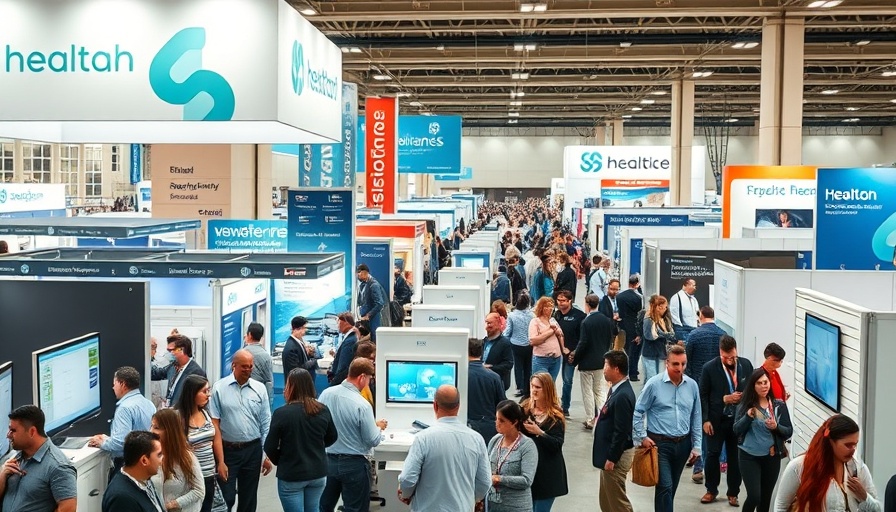
HIMSS25 Conference Unveils Innovations in Healthcare Technology
The 2025 HIMSS conference and expo, which took place in Las Vegas, showcased groundbreaking advancements that are set to revolutionize the healthcare landscape. With around 28,000 professionals in attendance, the event underscored the rapid evolution of healthcare technologies and the pivotal role they will play in enhancing patient care and operational efficiency.
Major Announcements from Industry Leaders
This year's event featured numerous product launches and predictions about the future of healthcare. Microsoft introduced its AI-powered clinical workflow assistant, Dragon Copilot, aimed at streamlining processes within healthcare settings. Similarly, Zoom announced the public beta of its Zoom Workplace for Clinicians, designed to enhance clinical documentation practices. These developments signal a growing trend towards the integration of sophisticated technology in everyday healthcare operations.
The Rise of Artificial Intelligence in Healthcare
Discussions around Artificial Intelligence (AI) were paramount during HIMSS25. Following up on trends noted in previous iterations of the conference, this year saw substantial advancements in AI software, with companies like Teladoc and Zoom launching new products that emphasize clinical decision-making support. According to HIMSS President & CEO Hal Wolf, AI’s elevation within healthcare discussions reflects its critical role in transforming patient outcomes and operational workflows.
Focus on Cybersecurity and Digital Transformation
Given the increasing cyber threats to healthcare systems, General Paul M. Nakasone's keynote on cybersecurity highlighted urgent concerns for leaders in the sector. As digital transformation accelerates, organizations must prioritize cybersecurity strategies to safeguard sensitive patient data. The event showcased innovations aimed at enhancing cyber resilience, underscoring a commitment to secure and effective healthcare technology integration.
Global Collaboration and Health Equity Initiatives
HIMSS25 also celebrated international efforts to enhance digital health through collaboration. A notable agreement between HIMSS and the government of Türkiye aims to advance digital health transformation on a global scale. Discussions surrounding health equity were central, with many sessions focusing on ethical technology use and workforce development, emphasizing the need for inclusivity in health innovations.
Conclusion and Future Outlook
As HIMSS25 concluded, the palpable excitement for the future of healthcare technology was evident. The shared insights and innovations uncovered throughout the event offer a pathway toward not only improving patient care but also establishing a more united and resilient healthcare system, ripe for the upcoming HIMSS26 in March 2026.
 Add Row
Add Row  Add
Add 




Write A Comment